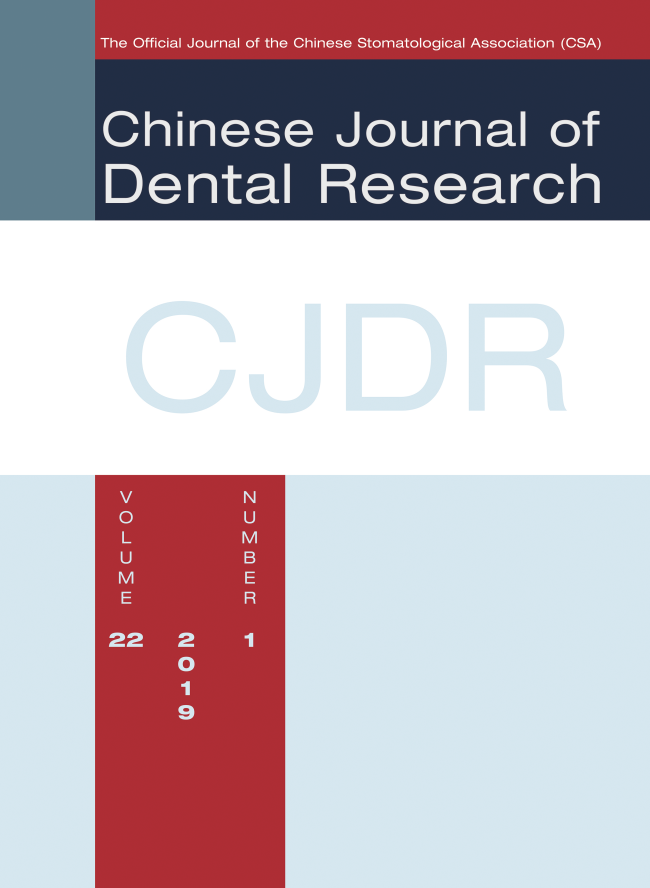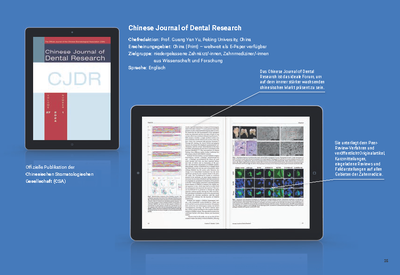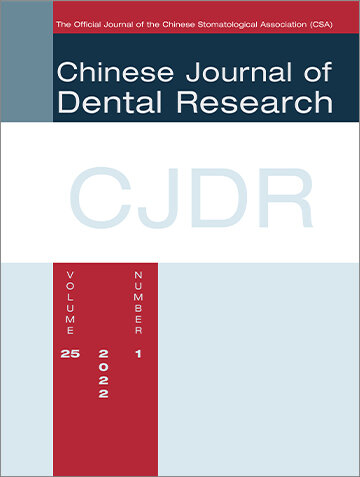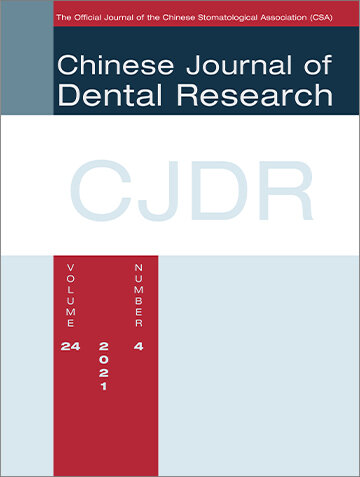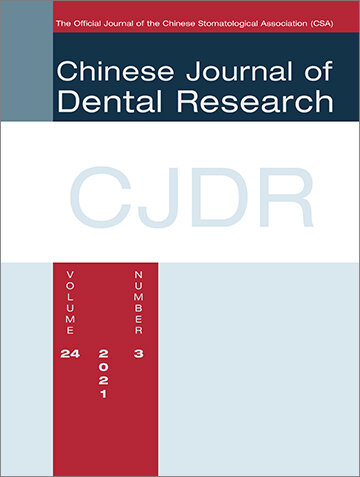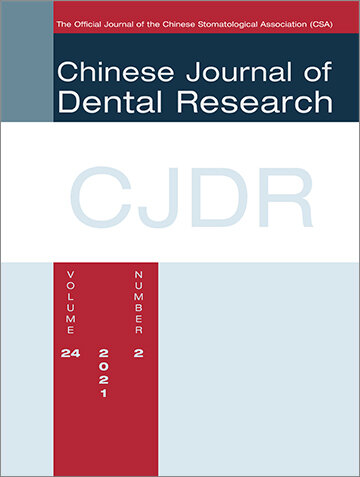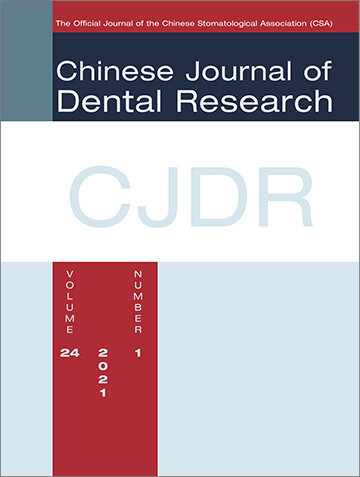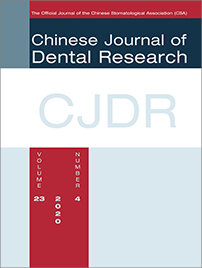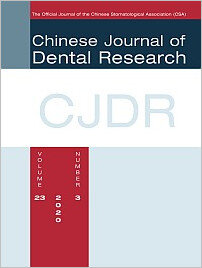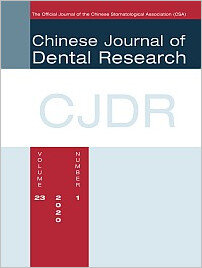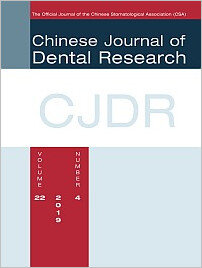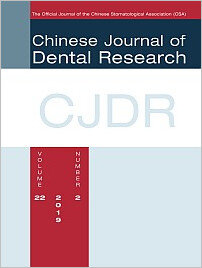DOI: 10.3290/j.cjdr.b2812805, ID de PubMed (PMID): 35293705Páginas 9, Idioma: InglésYu, Guang-yanDOI: 10.3290/j.cjdr.b2752695, ID de PubMed (PMID): 35293706Páginas 11-20, Idioma: InglésCAI, Xin Jia / ZHANG, Jian Yun / ZHANG, Ao Bo / ZHOU, Xuan / ZHANG, He Yu / LI, Tie JunExtensive research has indicated that high glucose levels play an important role in cancer. A high glycaemic index, glycaemic load diet, high sugar intake, high blood glucose and diabetes mellitus all increase the risk of cancer. Various signals are involved in high glucose–induced tumorigenesis, cancer proliferation, apoptosis, invasion and multidrug resistance. Reactive oxygen species might be important targets in cancer progression that are induced by high glucose levels. Drugs such as metformin and resveratrol may inhibit high glucose–induced cancer. As the impact of high glucose levels on cancer progression and therapy is a novel finding, further research is required.
Palabras clave: cancer, high glucose, progression, therapy, tumorigenesis
DOI: 10.3290/j.cjdr.b2752691, ID de PubMed (PMID): 35293707Páginas 21-27, Idioma: InglésPAN, Yong Chu / MA, Lan / LOU, Shu / ZHU, Gui Rong / YU, Xin / WANG, LinNon-syndromic cleft lip with/without cleft palate (NSCL/P) is one of the most common birth defects in humans with an overall prevalence of one per 1000 live births. Due to genetic and environmental influences, the fusion of the lips or palate may be interrupted at any stage and cause a cleft. Over decades, dozens of susceptible genes and loci have been identified using multiple genetic approaches. Our group has collected samples of NSCL/P patients since 2008 and established the biobank. We discovered numerous susceptible loci related to the occurrence of NSCL/P in the Chinese population, such as 16p13.3, 1q32.2, 10q25.3 and 17p13.1. In addition, we performed functional studies on related loci and genes by using molecular biology, cell biology, animal models and other methods to provide a basis for the construction of the NSCL/P genetic map in the Chinese population and help to implement individualised prophylaxis and treatment. Future efforts will focus on identifying functional variants, investigating pathways and other interactions, and including phenotypic and ethnic diversity in research.
Palabras clave: cleft lip, cleft palate, craniofacial abnormalities, genetics
DOI: 10.3290/j.cjdr.b2752709, ID de PubMed (PMID): 35293708Páginas 29-36, Idioma: InglésYANG, Ting / XIE, Li / ZHANG, Rui Tao / TIAN, Wei DongMicrospheres have been widely utilised as versatile carriers in biomedical applications. In recent years, as a new type of injectable scaffold, microspheres have attracted increasing attention in the field of regenerative medicine owing to their various advantages including their small size, large specific surface area and mimicry of the 3D native environment. These characteristics enable them to adopt the narrow and irregular anatomy of the tooth and become an ideal scaffold for endodontic regeneration. Microspheres play an important role in carrying biologics (cells, biomolecules and drugs), which effectively regulate the fate of stem cells and control the release of growth factors and drugs. Cell-laden microspheres, which can be divided into microcarriers and microcapsules, have great application prospects in dental pulp regeneration. This paper summarises the properties and characteristics of microsphere scaffolds used in tissue engineering, placing emphasis on their advantages and applications in endodontic regeneration.
Palabras clave: dental pulp, endodontic regeneration, microcapsules, microcarriers, microspheres
DOI: 10.3290/j.cjdr.b2752689, ID de PubMed (PMID): 35293709Páginas 37-43, Idioma: InglésLU, Ting Wei / CHEN, Wan Tao / JI, TongObjective: To conduct a systemic review for guidance regarding the application of templates in mandibular reconstruction with vascularised iliac flaps.
Methods: By searching PubMed, EMBASE and the Cochrane Library and collecting relevant literature, information about the types and accuracy of templates was extracted. Data relating to surgical time were also included for further analysis.
Results: Eight studies were included. The data analysis showed that the accuracy of operations with templates was higher than that of conventional surgery. The mean deviation was between 0.70 and 3.72 mm. The operational time was shortened to 314.4 minutes and the graft ischemic time was reduced to 15.6 to 26.8 minutes. Application of functional or specifically designed templates can improve the accuracy and shorten surgical time.
Conclusion: Templates can increase the accuracy and efficiency of mandibular reconstruction with vascularised iliac flaps, which will benefit patients’ prognosis and subsequent functional restoration. Further studies should be conducted into application of templates to improve the accuracy of reconstructions.
Palabras clave: mandible reconstruction, template, vascularised iliac flap, virtual surgery
DOI: 10.3290/j.cjdr.b2752683, ID de PubMed (PMID): 35293710Páginas 45-55, Idioma: InglésYANG, Yang / TIAN, Yi / SUN, Li Juan / QU, Hong Lei / CHEN, Fa MingObjective: To estimate the mean prevalence of periodontal pathology of adjacent second molars (A-M2s) to third molars (M3s) and identify related confounding factors.
Methods: Studies published before August 2020 were systematically searched in the Cochrane Library, EMBASE and MEDLINE databases. We included cross-sectional studies that evaluated the periodontal pathology of A-M2s based on clinical or radiographic examinations at the molar level. Studies employing similar periodontal parameters were pooled. Clinical attachment loss ≥ 3 mm, alveolar bone loss ≥ 3 mm or ≥ 20% root length were defined as early periodontal defects, and at least one site with probing depth ≥ 5 mm was considered as deep periodontal pockets around A-M2s in the data synthesis.
Results: Nine studies (14,749 M3s) were ultimately included in the meta-analysis. On average, 19% of A-M2s showed distal early periodontal defects with the presence of M3s (95% confidence interval [95% CI] 9%–35%). Subgroup analyses suggested the prevalence was 32% (95% CI 16%–54%) in the mandible, and the prevalence was higher with nonimpacted M3s (25%, 95% CI 12%–47%) than with impacted M3s (19%, 95% CI 10%–35%). Additionally, the pooled prevalence for deep periodontal pockets around A-M2s was 52% (95% CI 39%–64%). Subgroup analyses suggested the prevalence was higher in the mandible (62%, 95% CI 45%–76%) than in the maxilla (43%, 95% CI 31%–56%), and for nonimpacted M3s the prevalence reached 50% (95% CI 36%–64%).
Conclusion: The presence of M3s, especially mandibular and nonimpacted M3s, negatively affects the periodontal status of A-M2s.
Palabras clave: meta-analysis, periodontal pathology, prevalence, second molars, third molars
DOI: 10.3290/j.cjdr.b2752657, ID de PubMed (PMID): 35293711Páginas 57-65, Idioma: InglésRIGI-LADEZ, Mohammd Ayyoub / HENDI, Seyedeh Sareh / MIRZAEI, Alireza / GHOLAMI, Leila / FEKRAZAD, RezaObjective: To determine the effect of different energy densities of near infrared diode lasers with wavelengths of 810 or 940 nm on the proliferation and survival of periodontal ligament derived stem cells (PDLSCs).
Methods: After isolation and characterisation, PDLSCs were cultured in clear 96-well plates. Each well was irradiated by either 810 nm (L1) or 940 nm (L2) lasers, with energy densities of 0.5, 1.5 and 2.5 J/cm2 and an output power of 100 mW. A non-irradiated well was used as a control. Cellular viability was measured 24 hours after irradiation using 3-(4,5-dimethylthiazol-2-yl)-2,5-diphenyl-2H-tetrazolium bromide (MTT) assay and proliferation was measured 24, 48 and 72 hours after irradiation using trypan blue staining and counting. Propidium iodide (PI) staining was used to identify any pyknotic nuclei or nuclear fragmentation 72 hours after irradiation.
Results: An increase in viability was observed only in the group with the 940 nm laser irradiation at energy density of 2.5 J/cm2 (P < 0.001). The proliferation of cells was significantly increased in the group with 940 nm laser irradiation at energy density of 2.5 J/cm2 at all the time points examined in comparison to other groups (P < 0.001). PI staining showed no change in cell nuclei in any of the groups.
Conclusion: Irradiation of PDLSCs with a 940 nm laser at an energy density of 2.5 J/cm2 could promote efficient cell proliferation.
Palabras clave: periodontal ligament, photobiomodulation, stem cells
DOI: 10.3290/j.cjdr.b2752707, ID de PubMed (PMID): 35293712Páginas 67-73, Idioma: InglésLIAO, Qian / HAN, Zi Meng / ZHANG, Ru / HOU, Ben XiangExtrusion of separated endodontic instruments is a frustrating complication that can occur during root canal treatment and is difficult to handle. This report aimed to introduce different methods to retrieve such separated instruments through three cases with different locations of fragments. Fragments extruded completely into the maxillary sinus, partially into the maxillary sinus and lying in the soft tissue were retrieved using a lateral window approach, ultrasonic method and minimally invasive surgery, respectively. These methods can be recommended for retrieving fragments in certain cases.
Palabras clave: lateral wall approach, maxillary sinus, separated instrument, soft tissue, ultrasonic technique





